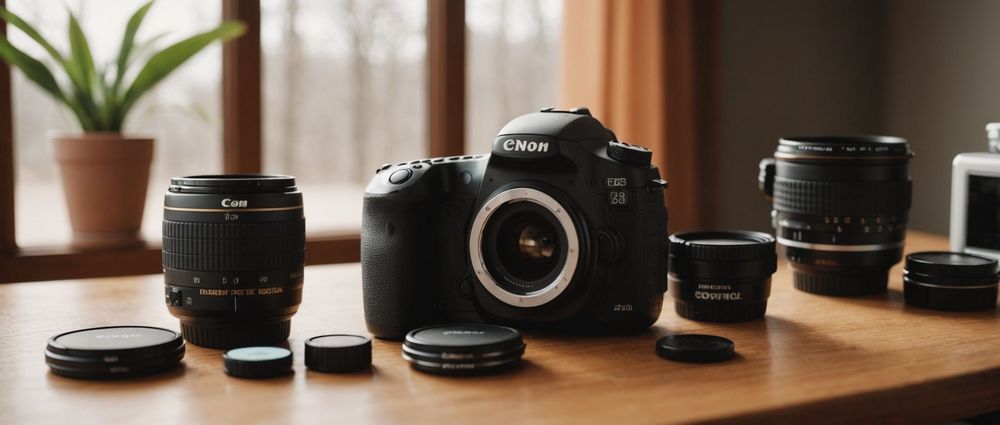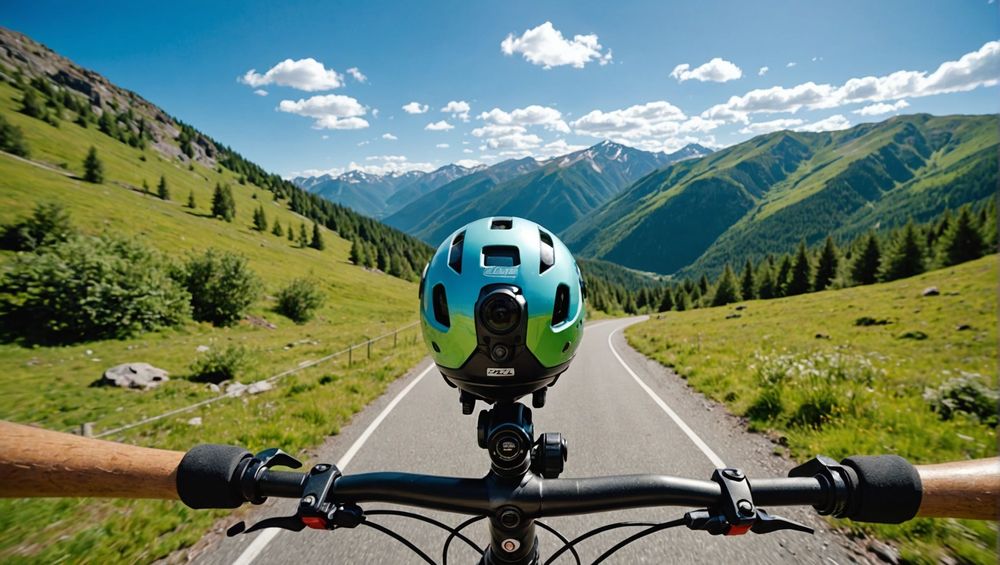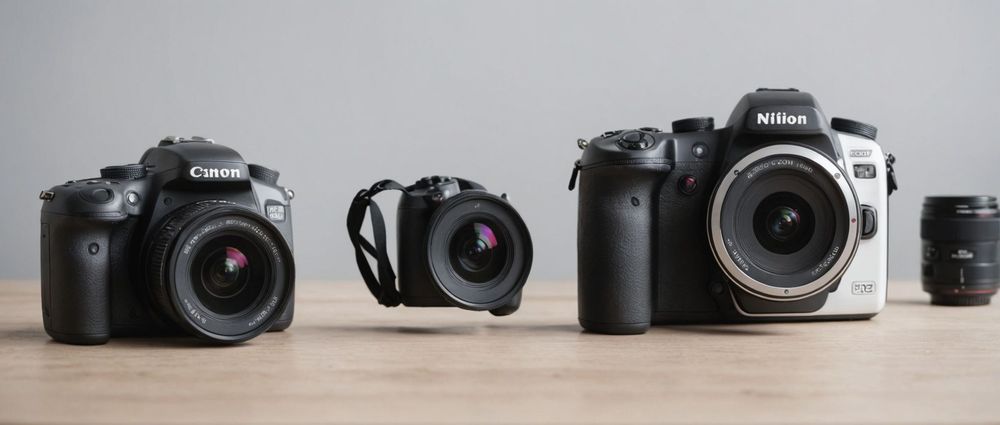When choosing between a DSLR and an action camera, it is essential to recognize that both serve different purposes and have specific strengths. DSLRs are designed for high-quality photography and versatility, while action cameras excel in portability and ruggedness for capturing dynamic, fast-moving scenes. This article will delve into the different features, uses, and capabilities of each type to help you determine which camera might be right for you.
Image Quality

One of the most significant differences between a DSLR and an action camera is image quality. DSLRs are equipped with larger image sensors, which allow for better performance in low-light conditions and greater detail in images. Here are key points regarding image quality:
- Sensor Size: DSLRs typically feature APS-C or full-frame sensors, providing superior detail compared to the small sensors found in action cameras.
- Lens Options: The ability to interchange lenses on a DSLR means you can tailor your camera to different settings, enhancing your image quality.
- Dynamic Range: DSLRs generally offer a broader dynamic range, allowing for more detail in highlights and shadows.
- RAW Format: Many DSLRs support RAW image formats, which retain more data for post-processing flexibility.
- Video Capabilities: While action cameras are designed for video, many DSLRs also capture high-quality video, especially models that support 4K resolution.
In summary, when it comes to image quality, a DSLR will almost always outperform an action camera due to its superior sensor, dynamic range, and lens versatility.
Portability and Durability

Another critical distinction between these two types of cameras lies in their portability and durability. Action cameras are designed to be compact and lightweight, making them perfect for travel, outdoor activities, and action sports. Below are some portability and durability factors to consider:
- Size and Weight: Action cameras are small and light, often fitting in a pocket or attaching to gear without adding significant bulk.
- Water and Shock Resistance: Many action cameras are built to endure extreme conditions, featuring waterproofing and rugged outer shells.
- Mounting Options: Action cameras can easily be mounted in various configurations, making them ideal for capturing action footage from different angles.
- Battery Life: Although not always longer, action cameras are designed for quick uses, making them convenient for short burst captures.
- Ease of Use: Most action cameras offer simpler interfaces and automatic settings, making them accessible to users of all skill levels.
In conclusion, if you need a device that can withstand the rigors of outdoor activities or simply need something lightweight to travel with, an action camera would be the best option.
Versatility and Functionality
When it comes to versatility, DSLR cameras take the lead. They are built to handle a variety of shooting situations and adapt to different styles of photography. Key aspects to examine include:
- Lens Selection: The ability to swap between a range of lenses enables photographers to achieve different creative effects.
- Manual Controls: DSLRs provide extensive manual controls, allowing users to adjust shutter speed, aperture, and ISO for precise control over the final image.
- Accessories: DSLRs have compatibility with a wide range of accessories, including external flashes, filters, and tripods.
- Image Stabilization: Many DSLRs offer superior stabilization options, reducing blur and enhancing the quality of images taken in motion.
- Advanced Features: Features like autofocus tracking and burst shooting on many DSLRs enable capturing fast-moving subjects with ease.
To sum up, if your goal is to explore different photography styles and techniques, a DSLR can provide the functionality and adaptability you need.
Cost Considerations
When deciding between a DSLR and an action camera, cost is usually a significant factor. In general, DSLRs tend to be more expensive, given their intricate technology and capabilities. Consider the following cost-related points:
- Initial Investment: DSLRs often require a higher upfront investment, including the camera body and lenses.
- Ongoing Costs: With lenses and accessories, the total cost can escalate quickly for a DSLR system.
- Action Cameras: Generally, action cameras are less expensive, making them more accessible to casual users.
- Value for Money: A DSLR may offer more value for serious photographers willing to invest in the craft.
- Resale Value: Quality DSLRs often retain their value better than action cameras, making them a more viable long-term investment.
In summary, while the initial cost of a DSLR is higher, it may justify its price through performance, longevity, and versatility for passionate photographers.
Conclusion
In conclusion, choosing between a DSLR and an action camera primarily hinges on your specific needs and use cases. DSLRs provide outstanding image quality, versatility, and manual control, making them suitable for photographers who seek to capture high-quality images and videos. On the other hand, action cameras excel in portability, durability, and ease of use, making them ideal for anyone wanting to document adventures and activities without the hassle. Ultimately, assess your requirements, budget, and shooting style to make the best decision for your photography journey.
FAQs
1. Can I use an action camera for professional photography?
While action cameras can be used for professional-looking videos, they may not match the image quality of DSLRs in professional photography settings due to sensor size and lens limitations.
2. Are DSLRs better for video recording than action cameras?
DSLRs can provide better video quality and flexibility with manual settings, but action cameras are designed for high-action shooting and may offer simpler settings for capturing fast-paced scenes.
3. Do I need special lenses for a DSLR?
Yes, different lenses can be used with DSLRs to achieve specific effects, such as wide-angle for landscapes or telephoto for wildlife photography.
4. What are the best brands for DSLRs and action cameras?
Popular DSLR brands include Canon, Nikon, and Sony, while action cameras like GoPro and DJI are widely recognized for their quality and durability.
5. Is it worth investing in a DSLR if I’m a beginner?
If you’re serious about photography and willing to learn, investing in a DSLR can be rewarding. However, if your interest is casual, starting with an action camera may be more suitable.
